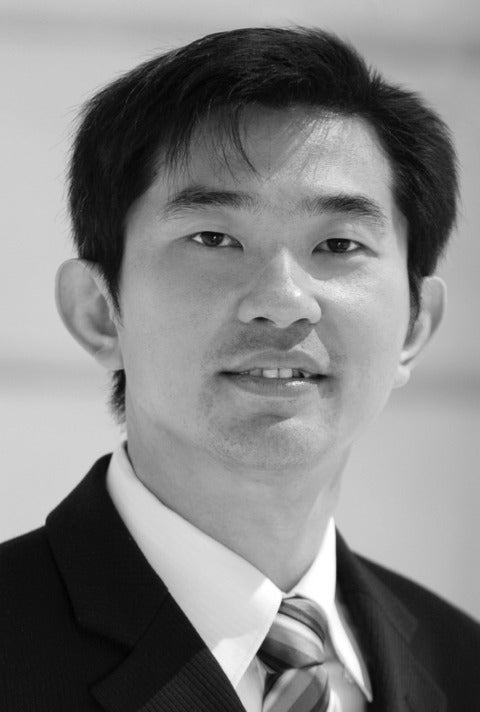Contacts
Filter by:
Mike Bennett
(Professor Emeritus 1934-2016)
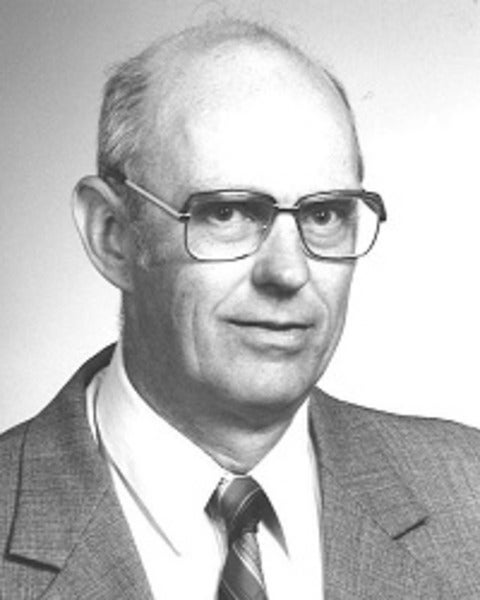
V.P. Godambe
(Distinguished Professor Emeritus 1926-2016)
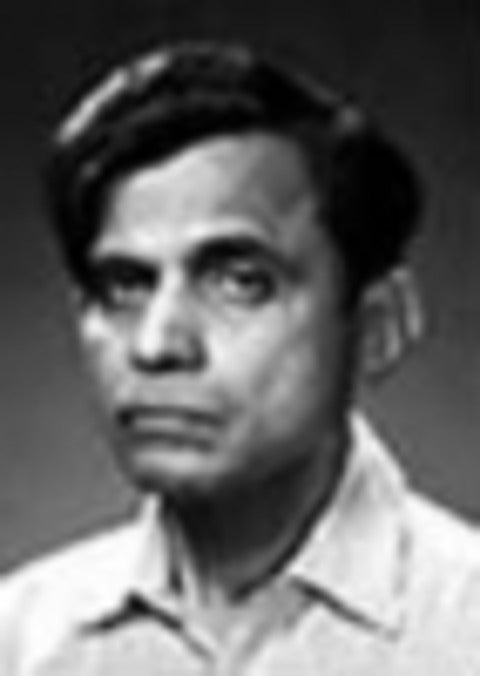
Link to profile:
V.P. Godambe
J. G. Kalbfleisch
(Provost & Professor Emeritus 1940-2017)
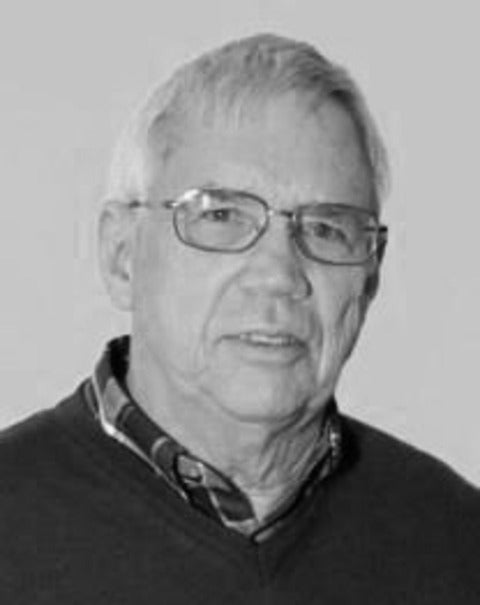
David A. Sprott
(Distinguished Professor Emeritus 1930 – 2013)
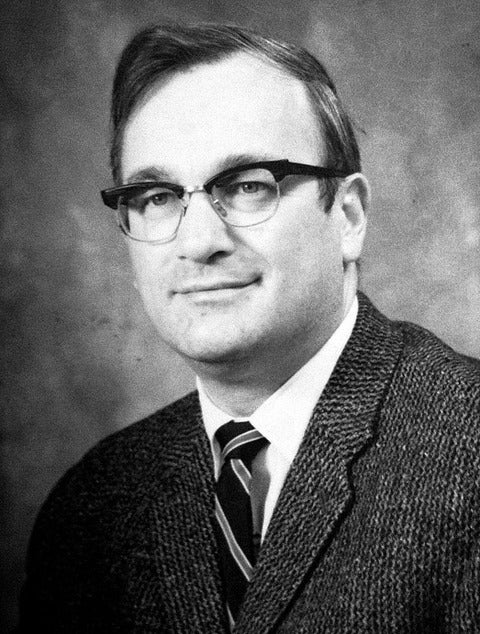
Ken Seng Tan
(Professor 1970 - 2023)
